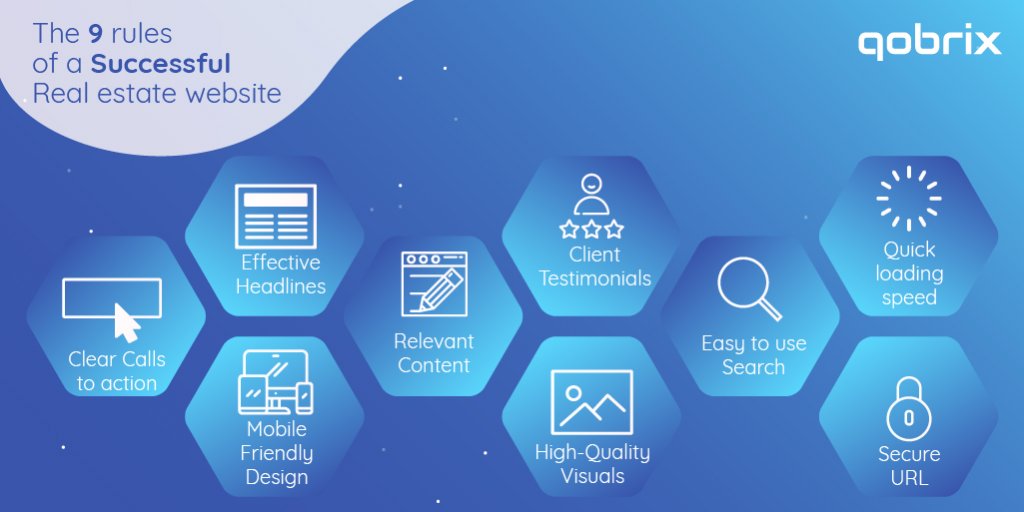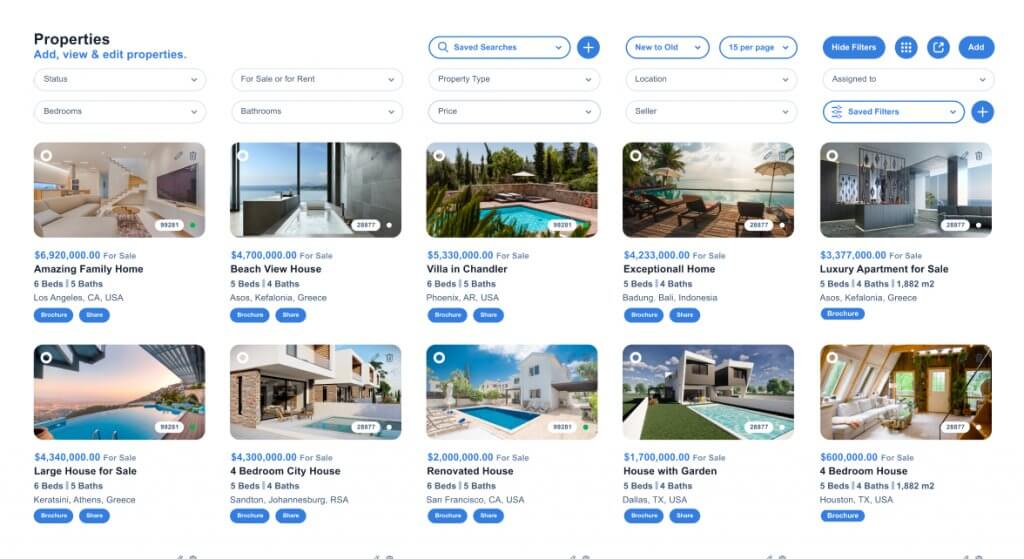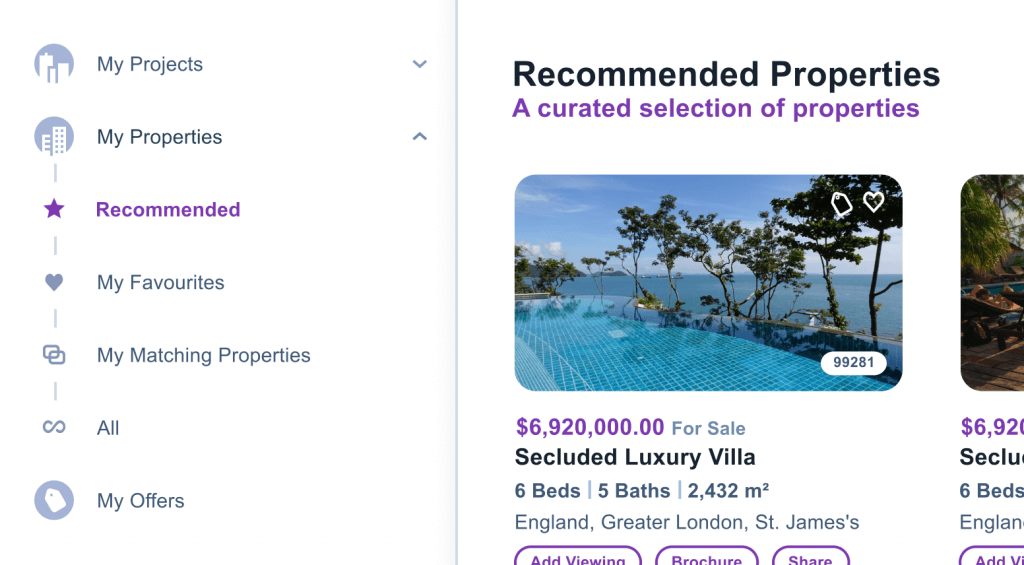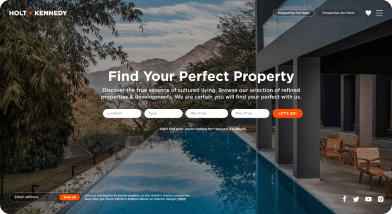Building a real estate lead generation website is vital for real estate professionals looking to boost sales.
According to a NARs (the National Association of Realtors) report, a large number of home buyers start their property searches online. In fact, in 2017, 99% of buyers 36 years and younger used real estate websites to find their new home. This trend continues to this day.
The sooner real estate companies start viewing their websites as something more than just an informational page online, the sooner they will understand the value it holds and the ROI it brings.
Homebuyers’ expectations are high. Customers want a website experience that is useful, informative, and answers the questions they’re asking. They want a level of service they’d get in person in the comfort of their home. In this blog, we look at what steps need to be taken to achieve a real estate lead generation website that meets these customer demands.
Table of contents
- Understand your audience
- Make use of testimonials
- Be mobile friendly
- Engage with visuals
- Focus on website speed
- Encourage customers to connect
- Use diverse content and structure it strategically
- Integrate with the right real estate CRM
1. Understand your audience
A common problem for real estate professionals is serving website content that doesn’t address the needs of prospective homebuyers. To mitigate this requires an innate understanding of your target audience, particularly the information they’re seeking.
By creating an online directory on real estate matters you will attract more traffic to your website and gain loyal followers.
Don’t turn your website into a simple listings’ portal. Give it a unique feel and fill it with valuable content. Use your expertise to talk about the neighbourhoods your listings are in, market statistics, community events, interior design tips for new homebuyers, etc.
Why not create a real estate wiki page, with industry terms and explanations? Educate your webpage visitors on selling and buying processes.
Check out other real estate websites to see what content they are using. Test what pages are the most visited and try producing similar content. Make sure that whatever message you are trying to convey to your audience is relevant.
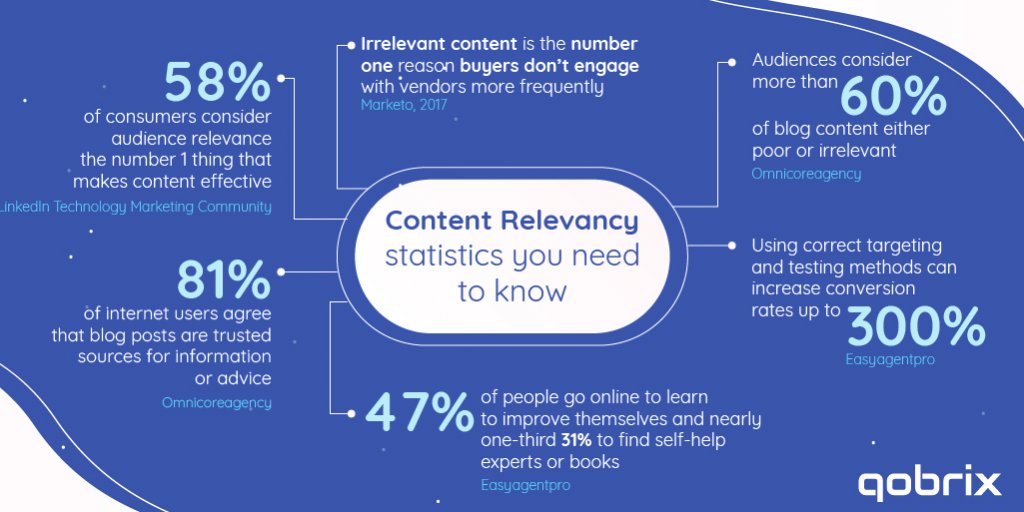
2. Make use of testimonials
It’s a no brainer that a consumer is going to trust another consumer’s opinion much more than a promo text.
Customer testimonials have the highest effectiveness rating for content marketing at 89%. (Socialfresh)
Adding client testimonials to your website increases brand credibility and validate why you’re the agency a homebuyer should choose. Consider adding photos of clients to reviews for more personalisation but remain GDPR compliant. Take it a step further and record testimonials in video format, humanising the message.
Have your testimonials tell a story that will send out a powerful trust signal to new clients.
A good testimonial highlights your strengths, talks about how you sorted out client’s pain points, sets you apart from the competition and is sincere. Ask your clients to describe their previous experiences and how working with you was different.
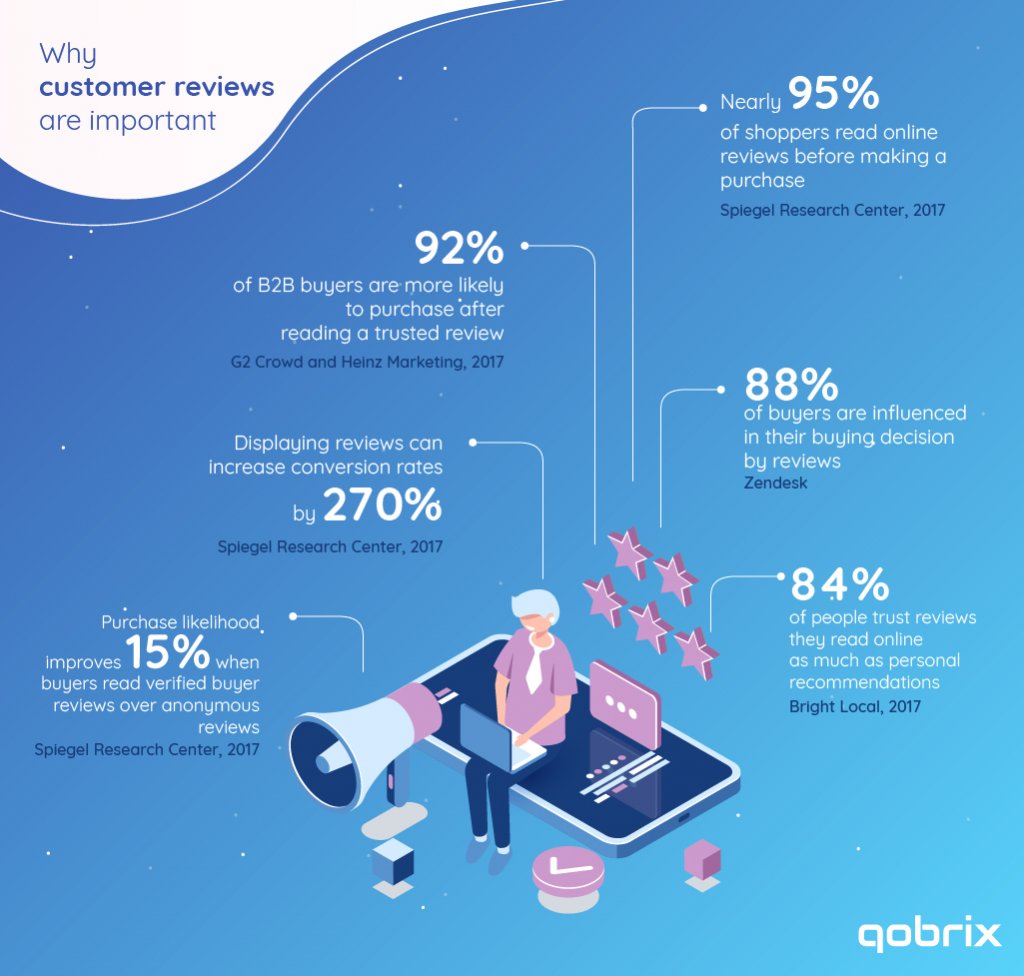
3. Be mobile friendly
Making sure your real estate website looks and performs well on all mobile devices is vital to ensure a positive, user centric experience. Take a minute to consider how a potential customer will interact with your website on a mobile phone or tablet. What does that look like?
- How intuitive or easy is navigation?
- What about font size and text visibility?
- Do webpages or images load quickly enough?
- What about the quality of your videos or photographs?
Real estate lead generation websites must consider these points to be successful in attracting homebuyers today.
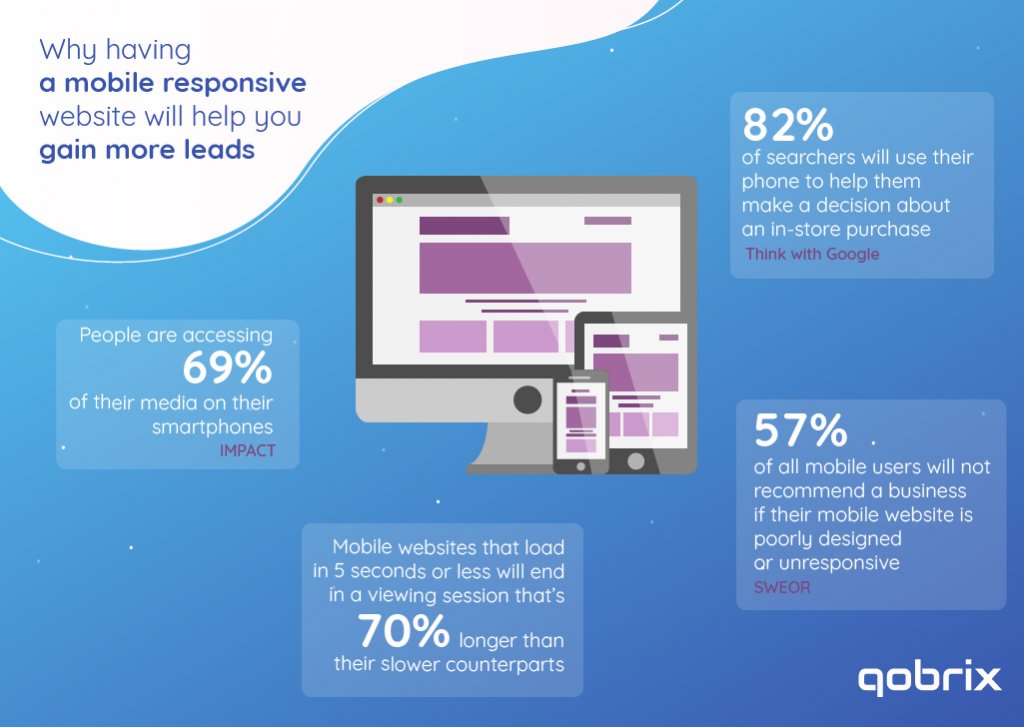
4. Engage with visuals
Visual assets, like photographs, videos and infographics are a powerful marketing tool for attracting leads. Interestingly, it is estimated that visuals communicate information 60,000 times faster than text. It stands to reason then that real estate professionals must leverage the strength of their visual marketing collateral to entice prospects.
With the help of high-quality images or videos, you can make your listings look more attractive to potential home buyers. You want your client to visualise the lifestyle they are buying into and that it’s not just a house. If they can get a flavour of what it would be like to live in that property and in that area, then they are much more likely to engage further with the site.
You want to create an atmosphere for viewers that would convince them to work with you. To evoke a positive emotion that will linger.
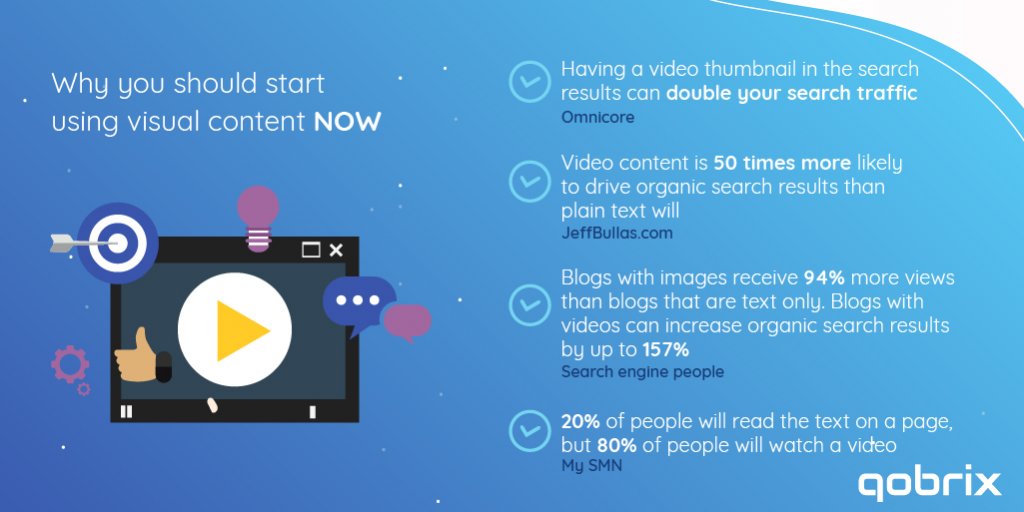
5. Focus on website speed
Nobody likes to wait for a webpage to load. People have little patience and are likely to leave your site.
Research proves that 2 seconds is all companies get when it comes to website loading time. Anything longer increases bounce rates by 50%.
The loading speed depends greatly on the amount of information a page holds. If you’ve uploaded lots of heavy visuals and are a fan of pop-ups on your website, you can be sure that they are slowing your page down immensely.
Sometimes it’s better to focus on a simpler approach that provides instant and rapid access to your information, rather than a more intricate design.
Try resizing your visuals before you upload them, to make them lighter and thus stop them from affecting the load speed as much. Use tools like PageSpeed Insights, that are free and can provide you with a complete analysis of your site and everything that needs fixing.
A 1-second delay in your site speed can result in a 7% reduction in conversions (neilpatel.com)
6. Encourage customers to connect
A real estate lead generation website is one that makes connecting with your business easy. This requires a visible Contact Us button with a contact form that is simple and quick to complete. The less information they have to fill in the more chance you have of them actually going through with it. Try to include the most important fields only, such as name, email, phone number and message. Consider including drop-down menus for any other information that isn’t vital.
To capture potential leads that don’t like filling out forms, a live chat solution might be the way to go. This way you can communicate with visitors in real time and immediately direct them to the information they need.
Be sure to allow the visitor to close the live chat window if they are done using it so that it doesn’t irritate the eye.
Human communication is still as important as ever for consumers, so try to reply to all the requests personally and quickly.
7. Use diverse content and structure it strategically
Content that addresses what your prospective homebuyers are looking for is critical. How this content is presented is also key. Remember that people have a shorter attention span when it comes to reading things online.
Readers typically scan through the text to get to the gist of what they’re consuming. So, you want to structure your content in a way that makes it easy and quick to digest. For e.g. do things like experimenting with headlines, bullet points and images to break up text. Use easy to understand CTA (call to action) buttons and menu structure.
Diversify your content as well so that you’re answering as many real estate related questions as possible. Create area and neighbourhood profiles. Form small guides to help people learn about the attractions, atmosphere, and activities there.
Neighbourhood and area profiles aren’t just interesting for your visitors, they also help with SEO.
Showcase what surrounds your listings. Are there any schools nearby? What are the best restaurants in that area? Is there a gym walking distance away? Providing this information to potential home buyers will help them better in making a decision to buy, increasing the likelihood of a sale.
Refresh and update your content frequently, to rank better with search engines and show activity. Try to post on your blog at least once a week.
Offer market reports tailored to local data about home sales and prices, that you can also use in your marketing newsletters. Add an online calculator that will estimate the worth of a property or the mortgage. Be creative and try to look at things through your customers’ eyes.
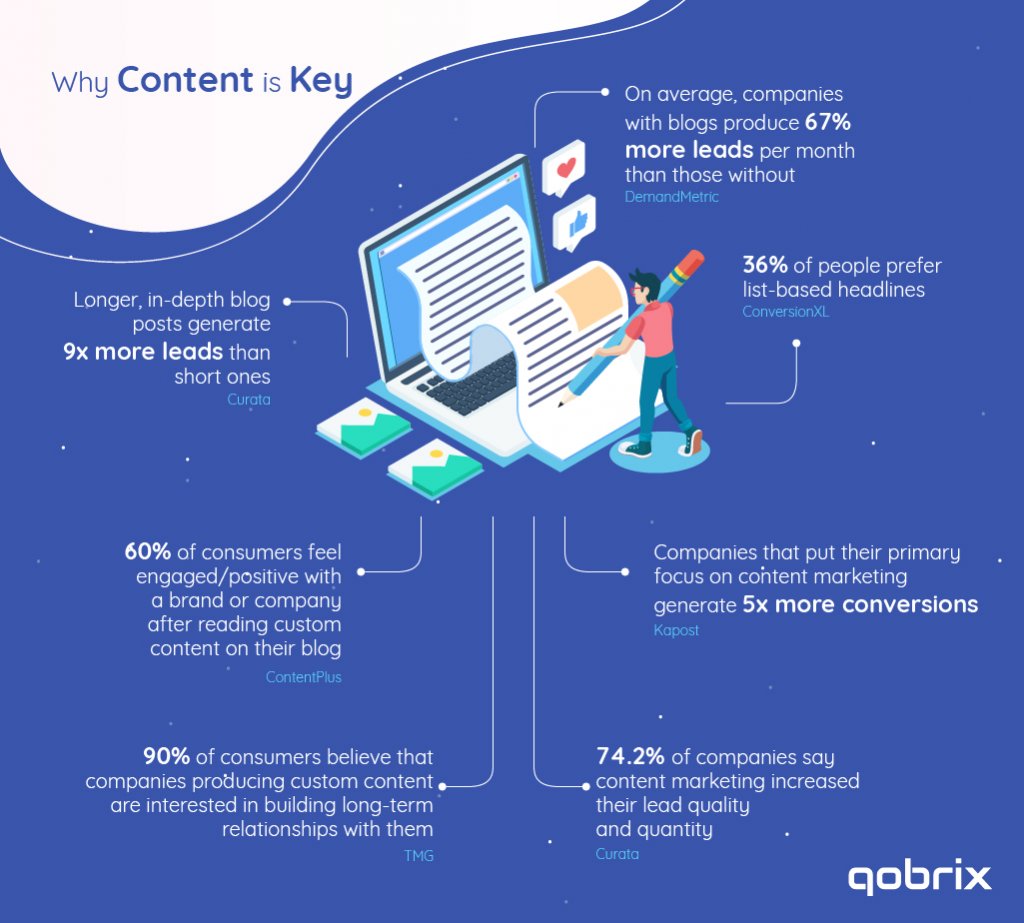
8. Integrate with the right real estate CRM
One of the most important parts of any real estate website is, of course, property listings. Having the ability to manage those listings quickly and easily is a primary concern for all real estate professionals. What it often required is the integration of your website with a powerful CRM system like Qobrix.
Any changes made to property information in the CRM are immediately updated and reflected on your website. If, for instance, a property is marked as reserved or sold, or property specifications are changed, these actions will instantly be reflected on your website too. This ensures that website visitors always see the most current information.
Conclusion
Overall you need to remember that the best real estate website is informative, user-friendly and unique. It has an efficient search functionality and is optimised to drive conversions. Its main goals need to be focused on attracting new visitors and on helping your business beat the competition. A website should be an investment and not a cost. Its main goal is to build credibility, make your business more visible online and raise onboarding.
